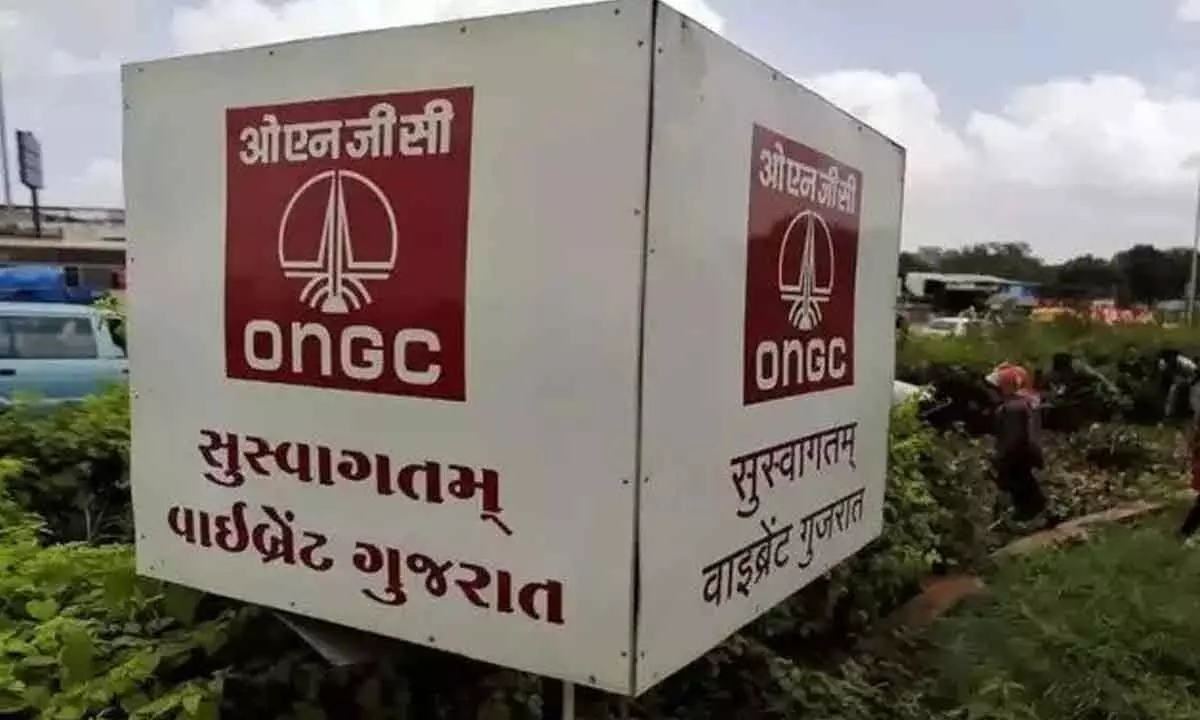ONGC seeks technology partners to cut gas flaring
To achieve zero methane emission by 2030, says Arun Kumar Singh, Chairman, ONGC
image for illustrative purpose

New Delhi: India's top oil and gas producer ONGC is seeking global technology partners to cut gas flaring and achieve zero methane emission by 2030 as part of its ambitious decarbonisation plan, its chairman Arun Kumar Singh said on Monday.
Oil and Natural Gas Corporation (ONGC) has substantially cut gas flaring -- burning of methane gas that is produced when oil is extracted from below surface -- and would look to bring it down to nil as part of its environmental commitments. In a post on LinkedIn, Singh said India's role in the global energy landscape is progressively becoming pivotal, and is likely to account for 25 per cent of global energy demand growth over the next two decades.
According to the International Energy Agency, India's share in global primary energy consumption is expected to rise to 9.8 per cent by 2050. "India's share in cumulative global green-house-gas (GHG) emissions has been only 4 per cent, and current emission is 7 per cent, despite its population share of 16-17 per cent," he said. "As a responsible corporate citizen of the world, we are fully aware of our obligation towards the mother planet, which is shared by developing and developed world alike. Accordingly, our nation is chasing a paradigm shift in energy consumption, with a focus on cleaner, greener, and sustainable alternatives."
With increasing energy demand, the commitment to decarbonisation is stronger than ever. "ONGC has made significant contributions in reducing gas flaring in our exploration and production (E&P) operations, aligning with our environmental commitments; we have consistently worked to bring it lower and lower, and we aim to bring avoidable flaring down to zero by 2030. "Similarly, substantive reduction has been achieved in the area of methane emission, and we aim to bring it down to zero level by 2030," he said. Singh said ONGC uses a lot of gas to generate electricity as well as meet compression and other process needs of an oil and gas field. By 2028, this gas is intended to be replaced with green power wheeled to installations as far as 160 km from the west coast. The gas thus freed will be sold to industries like fertiliser and power plants.

